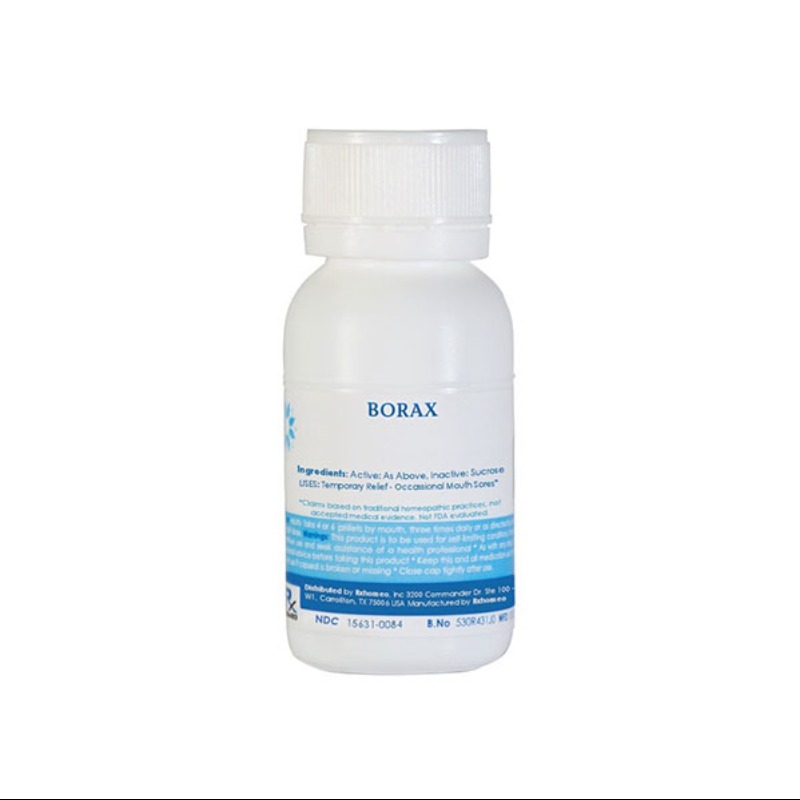Sodium Tetraborate Decahydrate. ধাতব, কাঁচ এবং সিরামিকের মতো শক্ত পৃষ্ঠগুলিকে পরিষ্কার করার জন্য ফর্মুলেশনে বোরাক্স ডেকাহাইড্রেট যুক্ত করা হয়। এটি হাত পরিষ্কারকারী, পলিশ এবং মোম এবং শিল্প / প্রাতিষ্ঠানিক পরিষ্কারের যৌগগুলিতে একটি সংযোজন হিসাবে ব্যবহৃত হয়।
Borax, also known as sodium borate, sodium borate decahydrate or sodium tetraborate decahydrate, is a hydrate salt of boric acid.[1] Commonly available in powder or granular form, it dissolves in water to make a basic, aqueous solution.[1] It is soluble and has many industrial and household applications as a component in a wide range of products.[1][11] Applications include as a pesticide; metal soldering; glaze and enamel manufacturing; tanning of skins and hides; artificial aging of wood; as a preservative against wood fungus; analytical chemistry as a buffering agent; and pharmaceutic aid as an alkalizer.[1]
Borax was first discovered in dry lake beds in Tibet and was imported via the Silk Road to the Arabian Peninsula in the 8th century AD.[12] Borax first came into common use in the late 19th century when Francis Marion Smith's Pacific Coast Borax Company began to market and popularize a large variety of applications under the 20 Mule Team Borax trademark, named for the method by which borax was originally hauled out of the California and Nevada deserts.
In artisanal gold mining, borax is sometimes used as part of a process known as the borax method (as a flux) meant to eliminate the need for toxic mercury in the gold extraction process, although it cannot directly replace mercury. Borax was reportedly used by gold miners in parts of the Philippines in the 1900s.[26][27] There is evidence that, in addition to reducing the environmental impact, this method achieves better gold recovery for suitable ores and is less expensive. This borax method is used in northern Luzon in the Philippines, but miners have been reluctant to adopt it elsewhere for reasons that are not well understood.[28] The method has also been promoted in Bolivia[29] and Tanzania.

Login To Comment